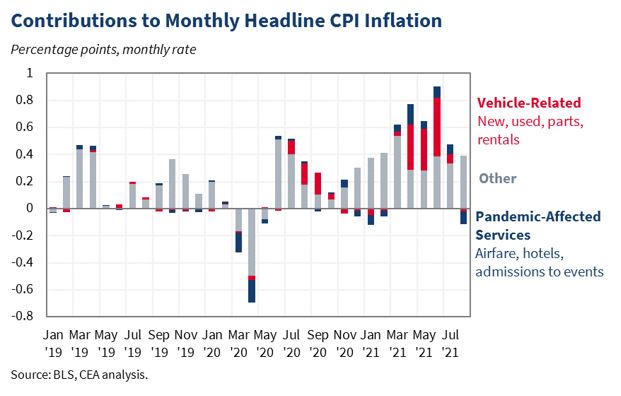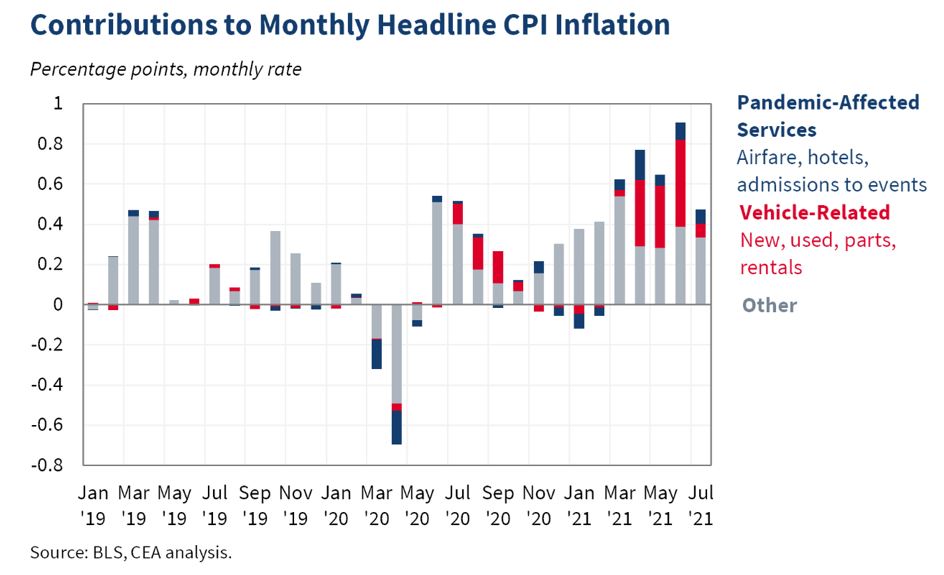
The Census Bureau’s annual estimates of income and poverty showed the important role government action played in alleviating poverty and income loss in 2020, when the pandemic led to an economic shutdown and widespread job losses. 1/
Real median household income—which excludes pandemic stimulus payments—fell in 2020, reflecting a decline in the number of people with earnings. 2/
The decline was particularly large for Asian households and relatively small for Black households, although Asian households continued to have the highest median income and Black households the lowest. 3/
However, a different measure of real income that includes pandemic stimulus payments and other tax benefits rose by 4% in 2020. This post-tax income measure rose by even more for Black (9.4%) and Hispanic (6.6%) households. 4/
The gender pay gap closed slightly in 2020, to 17 cents. However, this measure is affected by the impact of COVID-19 on women in particular. This measure looks at just full-time year-round workers. 5/
Among these full-time workers, women’s earnings rose by 6.5% while for men it rose by 5.6%, likely reflecting layoffs among lower-paid workers. But for all workers, men’s earnings were unchanged and women’s earnings fell by 1.2%. 6/
13.7 million fewer people worked full-time full-year between 2019 and 2020 – the largest year over year decline since data started being collected in 1967. 7/
The official poverty rate increased in 2020 by 1.0 percentage point. However, the official poverty rate does not account for certain types of government transfers, unlike the supplemental poverty rate. 8/
The supplemental poverty rate fell by 2.6 percentage points to 9.1%, the fastest drop and the lowest point for the poverty rate in the history of that series. While Census only calculates the SPM back to 2009, researchers at Columbia have taken the series back to 1967. 9/ 

The official poverty measure includes “cash benefits” such as Social Security and unemployment insurance benefits, while the supplemental poverty measure also includes noncash benefits and taxes (such as the Economic Impact Payments and refundable tax credits). 10/
The Economic Impact Payments lifted 11.7 million people out of poverty in 2020 and unemployment insurance lifted 5.5 million people out of poverty. Refundable tax credits lifted 5.3 million people out of poverty. 11/
Without the stimulus payments, the supplemental poverty rate would have been 12.7% rather than 9.1%. 12/
While the official measure of child poverty rose by 1.6 percentage point to 16.1%, using the SPM measure, child poverty fell by almost 3 percentage points to 9.7%. 13/
It will be particularly important to look at the SPM in future years because the SPM includes the impact of the significantly expanded Child Tax Credit. 14/
This release is an important reminder of the essential role of the government safety net in alleviating the economic impacts of the coronavirus pandemic on economically vulnerable households in 2020. /end
• • •
Missing some Tweet in this thread? You can try to
force a refresh






